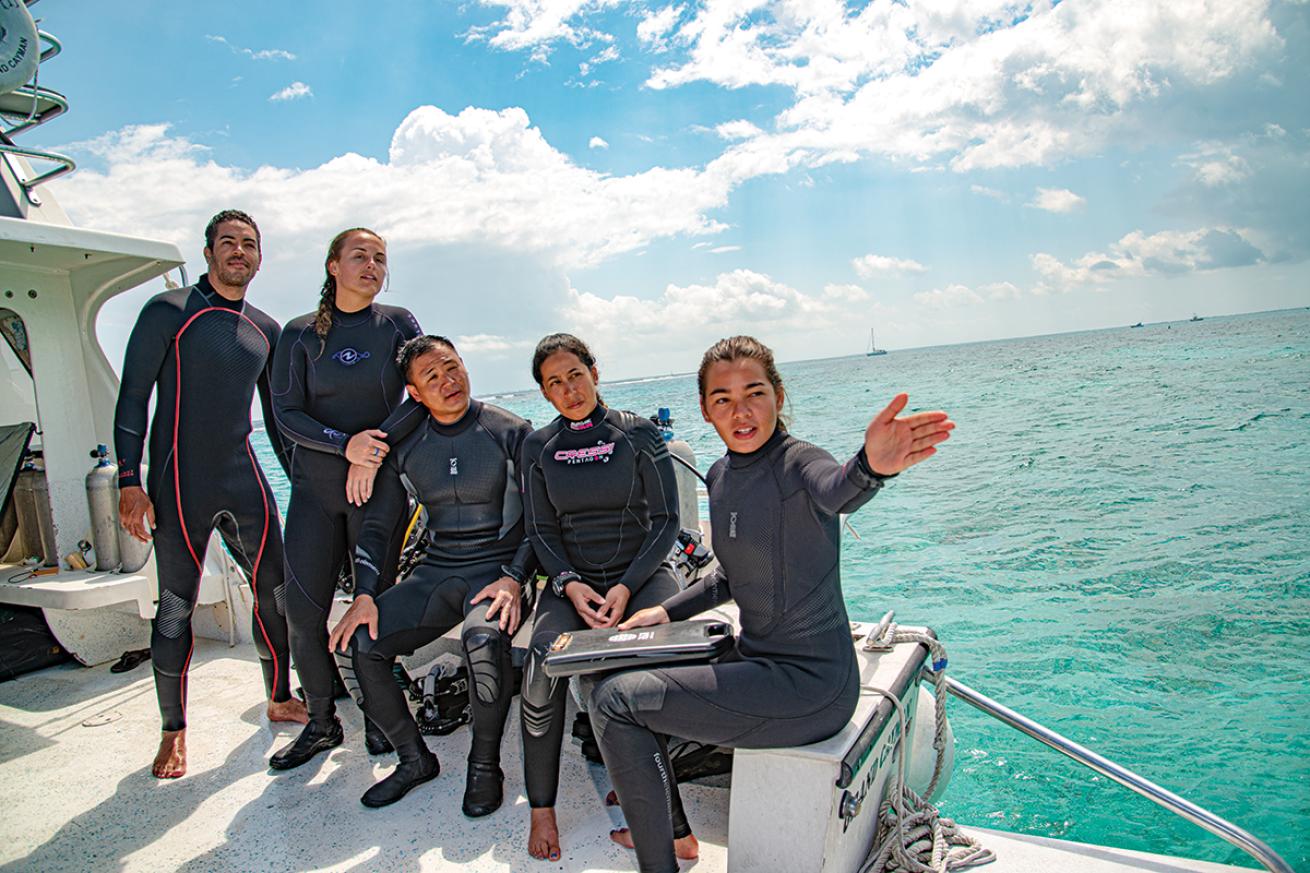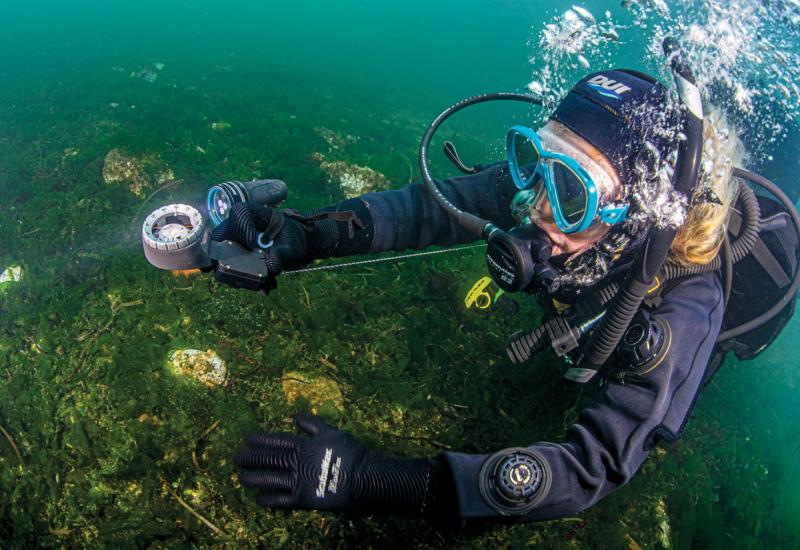What is a PADI Emergency First Response Course?

Courtesy PADIThe goal of an Emergency First Response course is to train you to stabilize injuries until paramedics can arrive on the scene.
In 2014, Divers Alert Network found that scuba diving has a lower fatality rate than jogging and swimming. But that doesn’t mean divers shouldn’t be prepared with basic CPR and first-aid skills. The Emergency First Response (EFR) course offers foundational skills for providing CPR and first aid in the event that you’re the first person on the scene of an injury or accident—whether you’re near the water or not.
Benefits
EFR courses are available from your PADI Instructor, but they are not dive courses. They are CPR, first-aid and automated external defibrillator first-responder courses, covering many of the same skills you would learn from the Red Cross or similar organizations.
Most divers first hear about the EFR course when they consider taking their Rescue Diver certification. Together, EFR and Rescue Diver provide vital skills for assisting other divers when they experience an injury, accident or panic attack. These skills are especially important if you plan to become a dive pro.
What You'll Learn
ERF teaches primary care skills for life-threatening emergencies. This includes specific skills for working with adults or children who aren’t breathing or don’t have a heartbeat. The goal of these skill is to sustain a patient long enough for emergency services to arrive on the scene.
The course also demonstrates what to do if a victim might have a spinal injury, and how to provide first aid to a person who is in shock or has serious bleeding. It covers how to use an automated external defibrillator, an electronic device that may help restore a heartbeat.
In addition to these primary care skills, EFR covers secondary first-aid skills, including assessing a patient’s condition, bandaging and dressing wounds, and splinting broken bones.
Prerequisites
EFR courses are open to anyone. The EFR Primary Care and Secondary Care courses meet the CPR/first-aid requirements for the popular PADI Rescue Diver course.
Get more information at padi.com/courses/efr.
Get More Dive Safety Tips:










